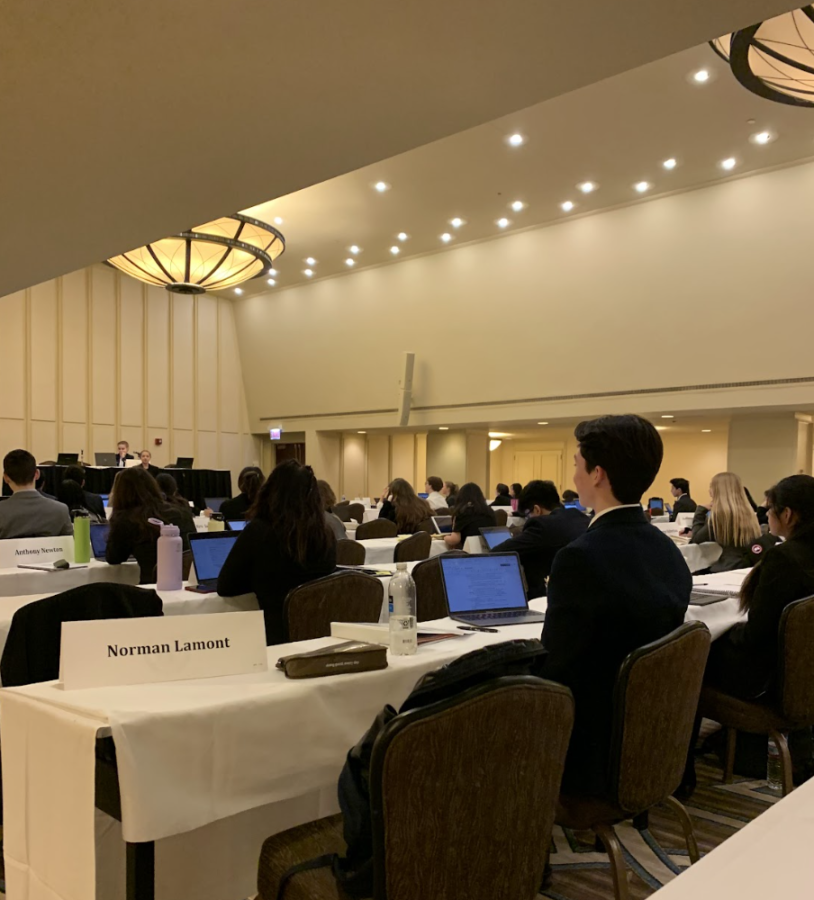One of the common buzzwords around the school is “curve.” Mentioning it when speaking about a test will garner attention from many students. It carries connotations of hope, salvation and rescue.
The student experience involves many tests, some easy, but some hard. In cases of the latter being true, a curve can be the difference between a letter grade. For this reason, some teachers institute curves, which help redistribute grades in terms of a how well the whole class did. Therefore, the actual point percentage of the test is modified to better represent a student’s or a class’s usual performance.
Consequently, average scores are increased on tests where the average is low. Curves are meant to be beneficial for the class, and do not negatively impact a student’s score.
Sarah Roe ’15 states that she has personally benefitted from a curve on a test and also comments: “They can be helpful if you do badly on a test. Also, students have more room to fail on hard tests.”
Another example of raw score manipulation can be seen in Dr. Deborah Weiss’s AP Science classes, where she uses a different scale.
She describes it: “A curve is administered when you have a distribution of scores on an assessment that’s not in line with what you think it’s going to be so you’re adjusting based on how students did. What I have is an altered scale that is 5% lower than the ‘normal scale’ and here’s my thinking: I want to ask really hard, stretchy questions. I want to ask questions that maybe everybody will get wrong, but on the other hand if I’m expecting to get them wrong, I just want to have the conversation. I want them to think about it, so do I really want to dock them grade-wise? So there aren’t that many hard questions, but maybe they constitute 5% of the test. It’s not that you can’t get them, it’s that you might not and that would still be OK. So, I use an altered scale that allows me to push really hard and yet keep the grades in line.”
Ravi Chepuri ’18 has mixed feelings on curves: “On one hand I think [a curve] gives students more opportunities to succeed in their grades, but on the other hand I think it encourages both slacking and teachers making tests unfairly hard. There’s also the question on how [teachers] should grade their tests if there are outliers.”








